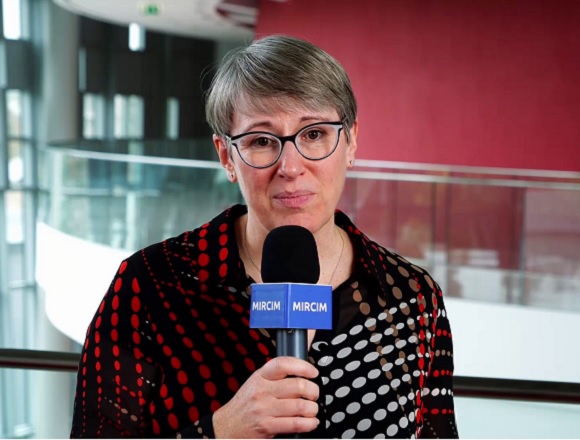Jürgen Floege, MD, is a professor of medicine, director of the Division of Nephrology and Clinical Immunology at the University Hospital RWTH Aachen, Germany, and Distinguished Fellow of the European Renal Association – European Dialysis and Transplant Association (ERA-EDTA).
What is the importance of animal models in kidney disease research in humans? What have been the directions and results of studies so far?
This, of course, is a very global question, but it’s an important question because nephrology and kidney research has relied heavily on animal models.
Very recently, the International Society of Nephrology has started a consensus conference on this and I refer all of you to that consensus paper, which will be published in one of the next issues of Kidney International [at the time of publication of the interview, the article has already been released and can be accessed here]. It’s called the TRANSFORM (TRAnslational Nephrology Science FOR new Medications) initiative, trying to standardize animal research.
We have learned incredible things from animal models. We have learned, as I just showed you in my lecture, that matrix Gla protein (MGP) is a central molecule preventing aortic calcification, which is very dominant in my patients. We have learned that nephrin is the key molecule that prevents proteinuria. We have gained important insight into the cyst formation system.
But we have also learned that animal models can be tricky. A good example of this is our studies, [carried out] together with colleagues in Kyoto, [showing] that if you induce acute kidney injury in a mouse, yes, things get bad and depending on how heavy the insult is, [mice] go into kidney failure or recover. But if you do that in an old mouse instead of a young mouse, which everybody’s using, you have a totally different response. And they form tertiary lymphoid follicles, very different from what we know from the young mice. And, of course, that old mouse is potentially much more relevant to my patients than the teenage mouse that we all work with.
So, this is just one illustration where we have data that may not be applicable to [humans]. And this is why we have done this consensus conference. And again, have a look at that paper if you want to go into animal research. It’s very important, but you have to know the limitations.
 English
English
 Español
Español
 українська
українська







